Best Time to Visit Kathmandu
Kathmandu serves as the gateway to Nepal's famed tourism sector, with trekking routes to Everest, Annapurna, and other Himalayan regions starting from or passing through the city.
Kathmandu serves as the gateway to Nepal's famed tourism sector, with trekking routes to Everest, Annapurna, and other Himalayan regions starting from or passing through the city.


Kathmandu, Nepal's capital and largest city, is a place of striking contrasts and enduring traditions. This bustling city is not only the political and economic hub of the country but also the epicenter of its rich culture and historical heritage.
Kathmandu is located in the Kathmandu Valley in central Nepal, an area marked by its verdant landscapes and towering mountains. It's at a relatively high altitude - about 1,400 meters (4,600 feet) above sea level, which makes it an appealing starting point for trekkers and adventurers seeking to explore the majestic Himalayan ranges.
The city is a living museum of ancient architecture, with numerous UNESCO World Heritage Sites scattered around its precincts. From the durbar squares (royal palaces) of Kathmandu, Patan, and Bhaktapur, to the sacred Hindu temple of Pashupatinath, and the revered Buddhist stupa of Boudhanath, Kathmandu's cultural richness is on vibrant display. Its winding narrow alleys are filled with the scent of incense, the sound of ringing bells, and local artisans working on traditional crafts, offering a captivating blend of the old and the new.
The cultural importance of Kathmandu is immense. As a place where two major religions, Hinduism and Buddhism, have co-existed in harmony for centuries, the city offers a unique spiritual experience. Festivals fill the city's calendar, each with its own traditions and rituals, drawing visitors from around the globe.
Furthermore, Kathmandu serves as the gateway to Nepal's famed tourism sector, with trekking routes to Everest, Annapurna, and other Himalayan regions starting from or passing through the city. Beyond the mountains, the city's culinary scene, vibrant nightlife, and warm hospitality are additional reasons why Kathmandu has earned its spot as a popular tourist destination.
Despite its rapid urbanization, Kathmandu retains its charm through a fascinating juxtaposition of ancient traditions and modern development. Whether it's the serenity of dawn prayers at a Buddhist monastery or the bustling activity of Thamel's marketplaces, Kathmandu promises an experience unlike any other, compelling travelers to explore and return to its enchanting streets time and again.
The charm and allure of Kathmandu are undeniable, drawing visitors from every corner of the globe. However, as with any destination, the experience can significantly vary depending on the time of year you choose to visit. This blog post aims to demystify Kathmandu's seasonal variations and provide a comprehensive guide on when it is the best time to visit this gem.
Our goal is to equip potential travelers with valuable insights into Kathmandu's distinct seasons, highlighting the advantages and considerations of each. We'll delve into the weather patterns, and discuss the city's vibrant festivals, the optimal conditions for outdoor activities, and the budget implications of visiting during peak and off-peak seasons. By understanding these factors, you can plan a trip that aligns with your interests, be it immersing yourself in cultural celebrations, exploring the great outdoors, or simply soaking up the local atmosphere.
This blog post is more than just a weather guide; it's a resource aimed at helping you make an informed decision for an unforgettable journey to Kathmandu. We'll take you through a month-by-month analysis, offering a glimpse into what each season brings to the city. From the blooming rhododendrons in the spring to the dramatic views of the snow-capped Himalayas in winter, we want to ensure your visit to Kathmandu is nothing short of magical.
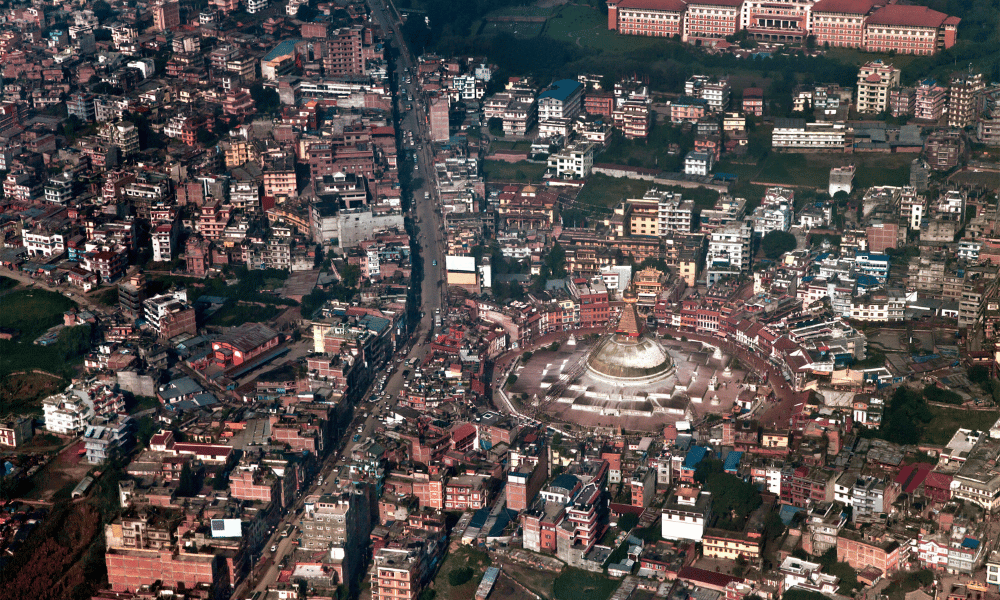
Kathmandu is nestled in the Kathmandu Valley of central Nepal, surrounded by four major mountains: Shivapuri, Phulchoki, Nagarjun, and Chandragiri. This advantageous location gifts the city with breathtaking vistas of the Himalayan ranges. At an altitude of about 1,400 meters (4,600 feet), Kathmandu's climate can be classified as a subtropical highland climate.
Throughout the year, the city experiences four distinct seasons - spring (March-May), summer (June-August), autumn (September-November), and winter (December-February). Spring sees mild temperatures and blooming flora, whereas the summer is characterized by the monsoon rains. Autumn is preferred by many for its clear skies and moderate temperatures, while winter, though chilly, offers stunning views of the snow-capped mountains.
Kathmandu is a treasure trove of historical landmarks and cultural experiences. The city is home to seven UNESCO World Heritage Sites, including the Kathmandu Durbar Square, Patan Durbar Square, and Bhaktapur Durbar Square. These ancient royal palaces offer a peek into Nepal's rich history and are architectural marvels in their own right.
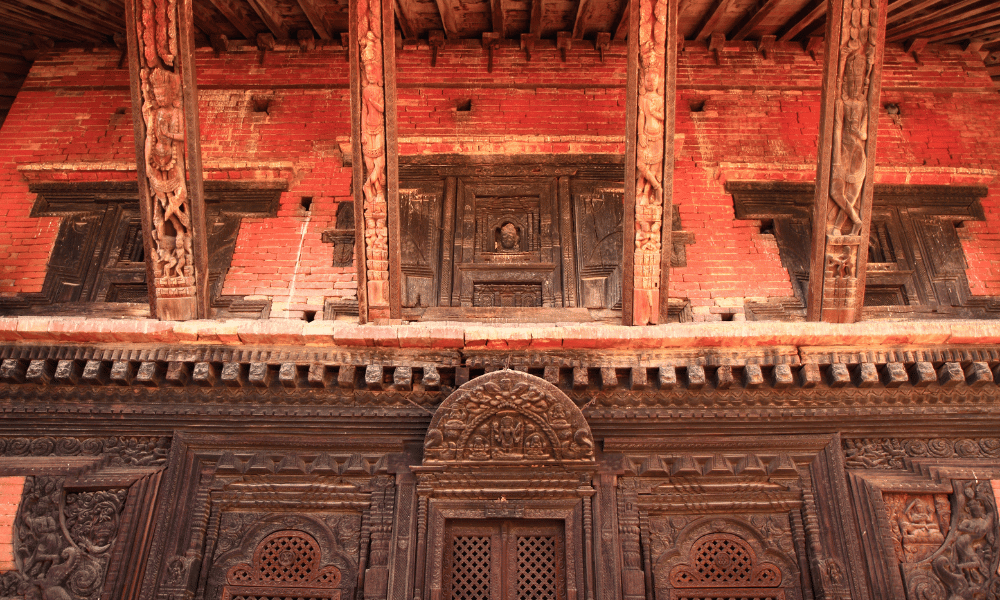
The Pashupatinath Temple, one of the most significant Hindu temples, attracts thousands of pilgrims every year. For those interested in Buddhism, the Boudhanath Stupa and Swayambhunath Stupa (also known as the Monkey Temple) are must-visits. These religious sites play a vital role in Kathmandu's vibrant cultural tapestry.
Apart from its historical landmarks, Kathmandu's cultural festivals also draw travelers from around the world. Events like Dashain, Tihar (Festival of Lights), and Holi (Festival of Colors) offer unique cultural immersion experiences.
And let's not forget Kathmandu's culinary scene. The city offers a myriad of dining options, ranging from local Nepalese cuisine to international dishes. Local favorites include dal bhat (lentil soup with rice and curried vegetables), momo (steamed or fried dumplings), and gorkhali lamb.
For the adventurous, Kathmandu is also the gateway to numerous trekking routes in the Himalayas, including the famed Everest Base Camp and Annapurna Circuit. Meanwhile, within the city, bustling markets like Asan and Thamel provide excellent opportunities for shopping and souvenir hunting.
In a nutshell, Kathmandu's intriguing blend of history, culture, spirituality, and adventure makes it a must-visit destination for any traveler. Regardless of the time of year, this city never ceases to captivate its visitors.
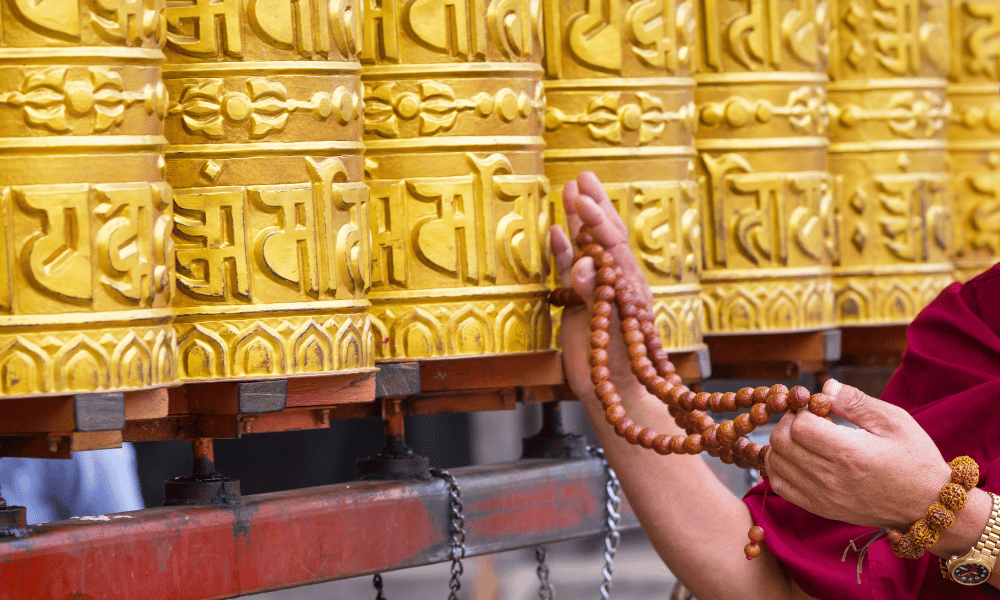
Determining the best time to visit Kathmandu largely depends on your travel preferences, from the kind of weather you're comfortable with to your interest in local festivals, outdoor activities, or even budget considerations.
For general travel comfort, the best months to visit Kathmandu are during the spring (March-May) and autumn (September-November). These months boast pleasant temperatures and generally clear skies. Spring is particularly beautiful with blooming flowers across the city, while autumn offers crisp air and unobstructed views of the Himalayan ranges after the monsoon.
Kathmandu is a city of festivals, with cultural events happening throughout the year. However, the most significant and vibrant ones occur in the autumn months. Dashain, the longest and most auspicious festival in Nepal, usually takes place in late September or October, and Tihar, the festival of lights, follows shortly after in October or November. These festivals provide a wonderful opportunity for cultural immersion and to witness Kathmandu in full festive spirit.
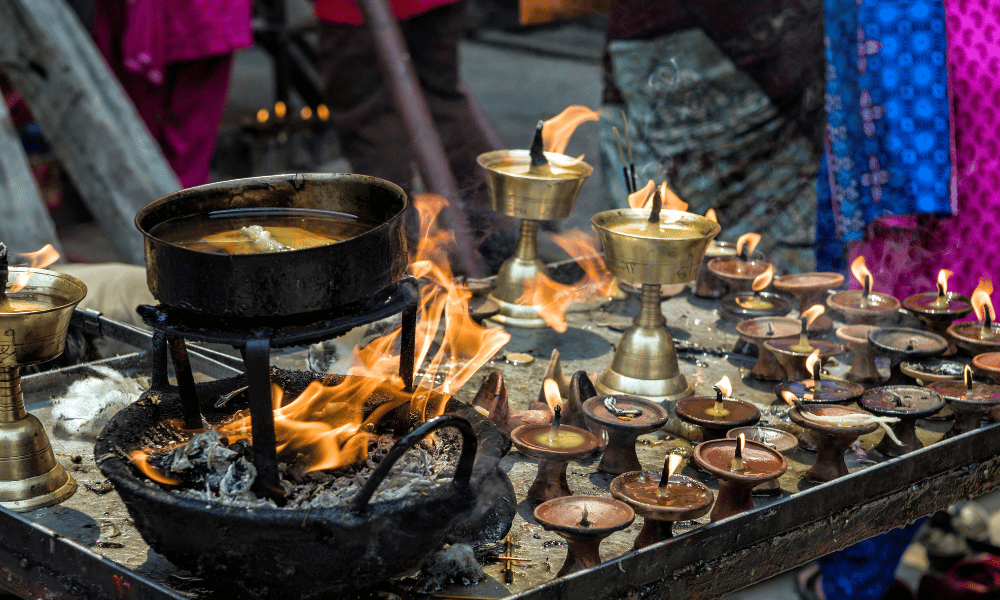
If your main goal is trekking or outdoor activities, the months from October to December are considered ideal. During this time, post-monsoon, the skies are clear, offering spectacular views of the mountains. Trails are also less slippery and safer. Spring (March-May) is also a popular time for trekkers, as the weather is mild, and the trails are adorned with blooming rhododendrons.
If budget is a major consideration, it's worth noting that prices for flights, accommodation, and other tourist services tend to be higher during the peak tourist seasons (spring and autumn). If you're looking to save money and don't mind the monsoon rains or winter chill, consider visiting during the off-peak seasons (summer and winter). However, do note that some outdoor activities might be limited during these times.
Choosing the best time to visit Kathmandu involves a balance of these factors. Once you have an understanding of what each season offers and how it aligns with your preferences, you can make an informed decision and plan a trip that will leave you with unforgettable experiences.
Every season in Kathmandu has something unique and fun for you to explore. Depending on what you prefer, you can pick the season and date to make the most out of your trip. To help you with that, the following is a breakdown of each season experienced in Kathmandu.
Spring is a delightful season in Kathmandu with mild temperatures and blossoming flora. The weather is generally pleasant, with temperatures ranging between 10°C to 22°C (50°F to 72°F). As the landscape awakens from its winter slumber, the city is adorned with vibrant colors from blooming flowers, particularly the rhododendrons.
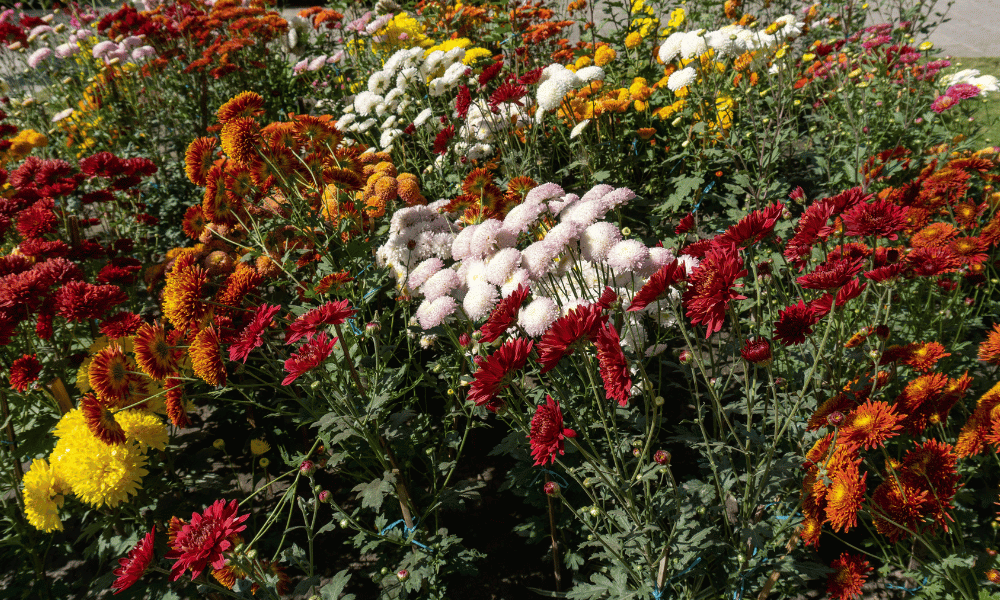
This season is an ideal time to visit the city's parks and gardens, such as the Garden of Dreams or Godavari Botanical Gardens, which come alive with vibrant flora. Spring also marks the start of the trekking season, with pleasant weather conditions suitable for exploring the numerous trails around Kathmandu Valley or embarking on a journey to the Everest Base Camp or Annapurna Circuit.
In terms of festivals, the Nepali New Year, which usually falls in mid-April, is celebrated with much enthusiasm throughout the city, offering travelers a unique cultural experience.
Summer in Kathmandu is characterized by the monsoon season. The weather is warm with frequent rainfall, with temperatures ranging from 20°C to 30°C (68°F to 86°F). While the rain might limit some outdoor activities and trekking opportunities, the city takes on a lush, verdant hue that's quite enchanting.
The monsoon season is an excellent time for indoor activities. You can visit the city's museums like the Narayanhity Palace Museum or the Patan Museum, explore the numerous art galleries around the city, or partake in a cooking class to learn about Nepalese cuisine.
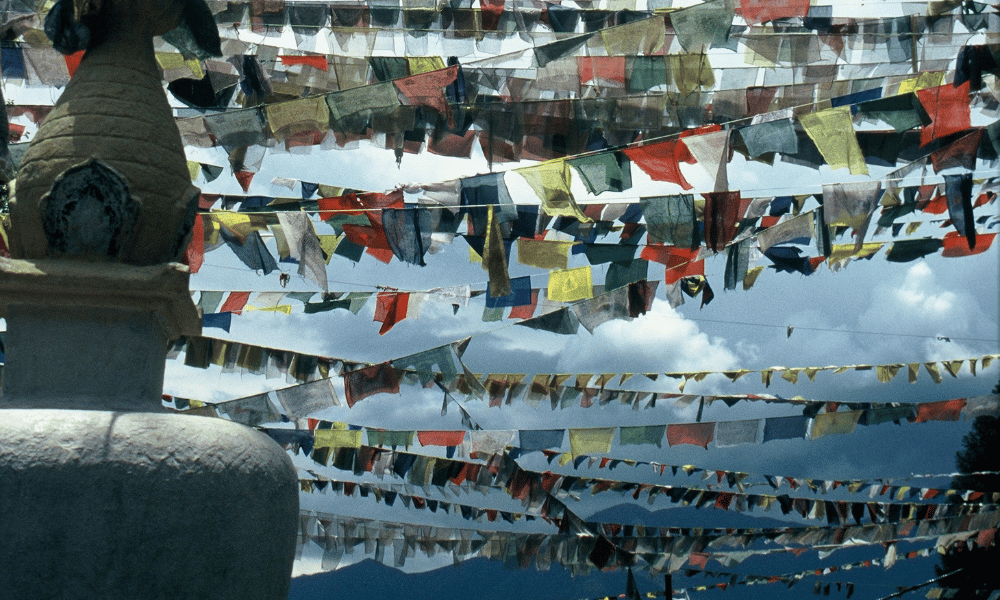
During this season, the festival of Janai Purnima (or Rakshya Bandhan) takes place, where the Hindu community participates in a sacred thread-changing ceremony and other rituals.
Autumn is arguably the best time to visit Kathmandu, thanks to its clear skies, moderate temperatures, and vibrant festivals. Temperatures during these months typically range from 15°C to 25°C (59°F to 77°F). The clear post-monsoon skies provide exceptional views of the Himalayas, making it a favorite season for trekking and photography.
This period is packed with cultural festivities, including Dashain, the most significant Hindu festival, and Tihar, the festival of lights. These celebrations provide a window into the city's rich cultural heritage and are a treat for any cultural enthusiast.
Outdoor activities abound during this time, from hiking around the Kathmandu Valley, paragliding, to mountain biking.
Winter in Kathmandu is marked by cooler temperatures, with nights dropping to around 2°C (36°F) and days reaching up to 15°C (59°F). Although the cold can be a deterrent for some, the winter season offers its own charm with crisp, clear skies, and spectacular views of the snow-covered Himalayas.
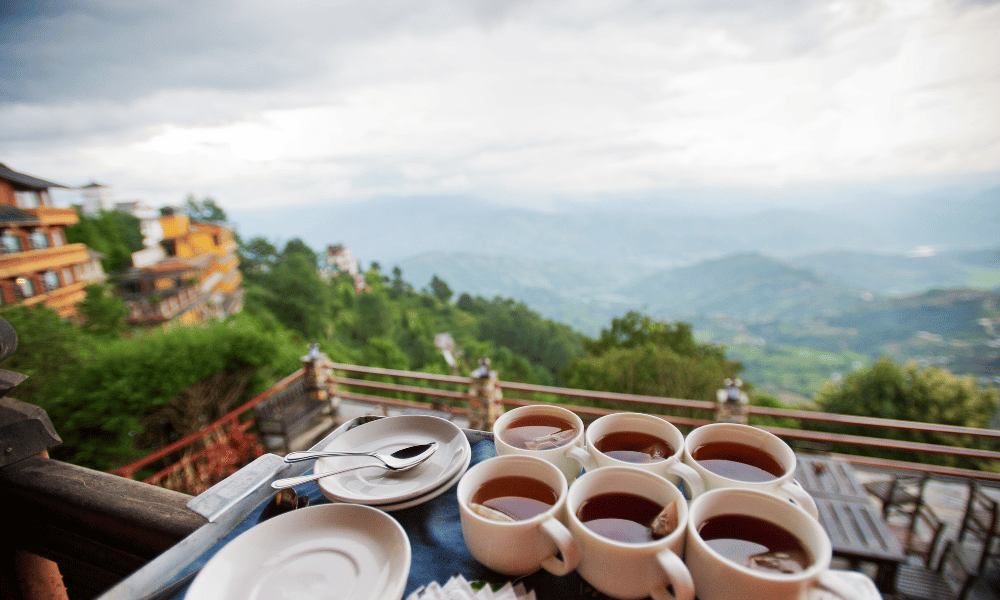
It's a quieter time for tourism, perfect for those seeking a more tranquil experience. Exploring the city's historical sites, wandering through the local markets, or simply savoring a cup of traditional Nepali chai in a local cafe can be delightful winter activities.
In terms of festivals, the winter season hosts the Swasthani Bratakatha festival, a month-long event filled with storytelling and religious rituals, offering a unique cultural insight for visitors.
Each season brings with it a unique facet of Kathmandu, affecting not only the city's landscape but also the rhythm of daily life. From the blooming flowers and bustling trekking trails in the spring, the rhythm of monsoon rains and indoor retreats in the summer, the colorful festivals and mountain panoramas in the autumn, to the serene, snowy peaks and cold quietude of winter, Kathmandu's weather weaves an integral part of the city's alluring tapestry.
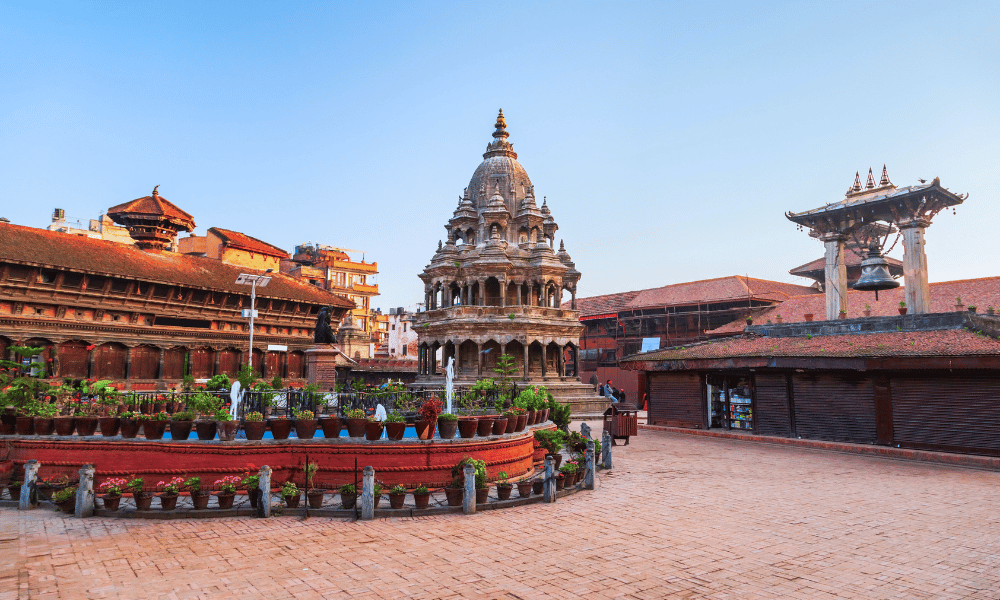
This month-by-month guide briefly overviews what to expect when visiting Kathmandu. Whether you want to join the local festivities, embark on trekking adventures, or simply enjoy the city's enchanting landscape, there's a perfect time for you in Kathmandu.
January
Winter is in full swing in Kathmandu in January. Expect chilly temperatures, but clear skies offer fantastic views of the snow-capped Himalayas. It's also the time for the month-long Swasthani Bratakatha festival, a religious event with storytelling sessions and rituals.
February
February is still winter, but temperatures start to rise slightly towards the end of the month. The days can be quite pleasant for city exploration. The annual Shivaratri festival, dedicated to Lord Shiva, is a major event this month, attracting a large number of Hindu devotees.
March
Spring begins in March, bringing milder weather and blooming flowers. It's an excellent time to enjoy outdoor activities and sightseeing. The festival of Holi, or Festival of Colors, usually falls in March, adding a vibrant burst of color to the cityscape.
April
April continues the pleasant spring weather and is one of the best times for trekking, with clear skies and beautiful landscapes. The Nepali New Year celebrated with much fervor, usually falls in mid-April.
May
May is the tail end of spring, with temperatures starting to rise. The city continues to be vibrant with flora, and outdoor activities remain favorable. The Buddha Jayanti, the birth anniversary of Lord Buddha, is celebrated during this month.
June
The start of the monsoon is marked in June, with frequent and sometimes heavy rainfall. It's a quieter time for tourism, but the city takes on a lush, green appearance. Indoor activities, like visiting museums and art galleries, are more common during this time.
July
July is in the middle of the monsoon season, so expect heavy rains. The Guru Purnima festival falls in July, a day to pay respects to academic and spiritual teachers.
August
August continues with the monsoon rains. Janai Purnima or Raksha Bandhan, a Hindu festival involving a sacred thread ceremony, typically takes place in August.
September
September marks the end of the monsoon and the beginning of autumn. The weather becomes more moderate, and the clearer skies offer excellent views of the mountains. The Haritalika Teej festival, a significant event for Hindu women, usually occurs in early September.
October
October sees comfortable temperatures and clear skies, making it ideal for trekking and outdoor activities. Dashain's most significant festival takes place in October, making the city a hub of cultural activities and celebrations.
November
November continues the pleasant autumn weather. Tihar, the festival of lights, is the highlight of this month, illuminating the city with a dazzling display of lamps and decorations.
December
December marks the beginning of winter. The temperatures start to drop, but the clear skies offer beautiful views of the Himalayas. It's a quieter time for tourism, offering a tranquil experience of the city.
When you're planning a trip to Kathmandu, there are a few key factors to keep in mind. The time of year you visit can significantly impact your experience, so here are some tips to ensure you're adequately prepared and aware of potential concerns related to each season.
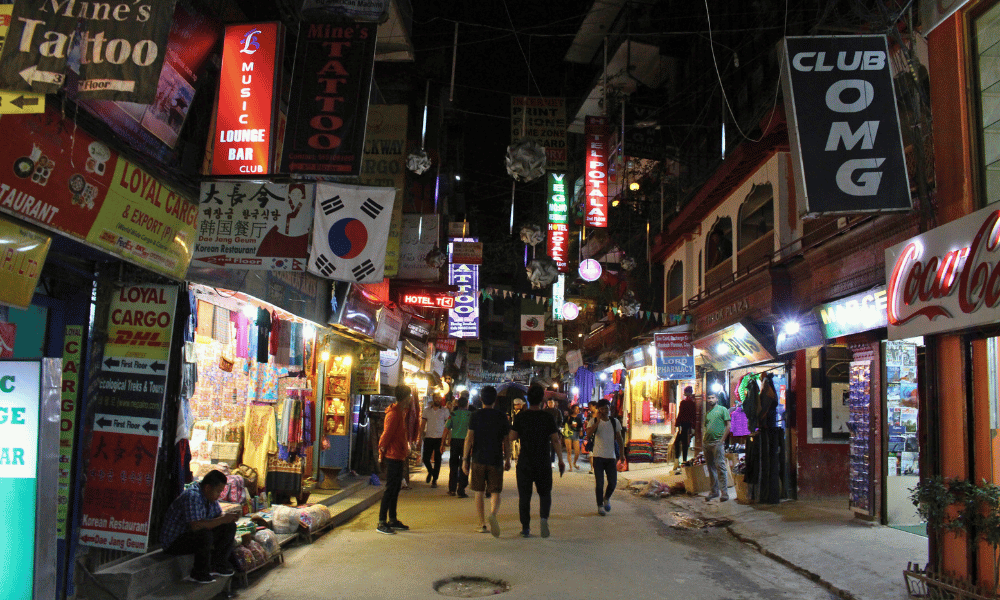
Kathmandu's climate varies throughout the year, so packing appropriate clothing is essential.
Spring (March - May): The weather is quite mild, so light clothing for the day and a light jacket for cooler mornings and evenings should suffice. If you're trekking, pack layers and sun protection gear as well.
Summer (June - August): It's warm but also the monsoon season. Light, quick-drying clothes, a rain jacket, and waterproof footwear are recommended. Umbrellas can be bought cheaply in Kathmandu.
Autumn (September - November): Daytime temperatures are moderate, but it can get chilly in the evenings. Layered clothing is a good idea, and don’t forget a good pair of walking shoes for city exploration and hiking.
Winter (December - February): Kathmandu gets quite cold, especially in the mornings and evenings. Warm clothing, including thermal layers, a heavy jacket, hats, gloves, and scarves are necessary. Good insulation and waterproofing are essential if you're trekking.
The gear you need depends on your planned activities. For city explorers, comfortable walking shoes, a hat, sunscreen, and a water bottle should be enough. If you're trekking, you might need more specialized gear, such as hiking boots, trekking poles, water purification tablets, and possibly even a sleeping bag. Many of these items can be rented or bought in Kathmandu, so don't worry if you can't bring everything from home.
Potential Concerns
Spring (March - May): UV levels can be high in spring, especially at higher altitudes, so sun protection is vital.
Summer (June - August): This is the monsoon season, so expect heavy rainfall. This can cause delays in flights and road travel, and potential landslides in hilly areas. Always check weather forecasts and stay informed.
Autumn (September - November): This is peak tourist season, so popular attractions might be crowded. It's advisable to book accommodations and transportation in advance.
Winter (December - February): The cold weather might cause some discomfort, especially for those not used to it. Ensure that your accommodation has proper heating facilities.
In general, it's always advisable to take out travel insurance covering medical expenses, trip cancellations, and personal belongings. Keep track of local news and weather forecasts, respect local customs and traditions, and always stay environmentally conscious - remember to leave no trace behind.
Kathmandu, the captivating capital of Nepal, has much to offer year-round, from its historic landmarks and cultural festivals to the breathtaking Himalayas. But understanding the city's seasonal variations and implications can significantly enhance your travel experience.
Spring (March-May) in Kathmandu brings pleasant weather, blooming flowers, and the beginning of the trekking season. If you're an outdoor enthusiast who also enjoys vibrant cultural festivities like Holi and the Nepali New Year, this could be your ideal time to visit.
Monsoon season (June - August) may involve heavy rains, but this period also highlights the city's lush, verdant beauty. Indoor activities and local festivals, like Janai Purnima, keep the spirit of the city alive during these months.
Autumn (September - November), with its moderate climate and clear skies, is a favorite among many travelers. The grandeur of major festivals like Dashain and Tihar, coupled with the best conditions for outdoor activities, makes it a particularly appealing time.
Winter (December - February) in Kathmandu offers its own serene charm. The quieter tourist period and crisp, clear views of the snow-capped Himalayas can be an attractive proposition for some.
When determining the best time for your Kathmandu visit, consider your own preferences: Do you favor a particular type of weather? Are you interested in experiencing specific cultural festivals? Are you keen on outdoor activities such as trekking? And, of course, how does your budget factor into your plans?
Ultimately, there's no 'one size fits all' answer. The best time to visit Kathmandu depends on what you're looking for in your travel experience. Each season has its unique attractions and potential considerations. By balancing these factors, you can plan a trip that best meets your desires, promising a memorable journey into the heart of Nepal.
We hope this guide aids you in making an informed decision and that your trip to Kathmandu is filled with unforgettable experiences. Safe travels!
our first-hand Himalayan travel experience